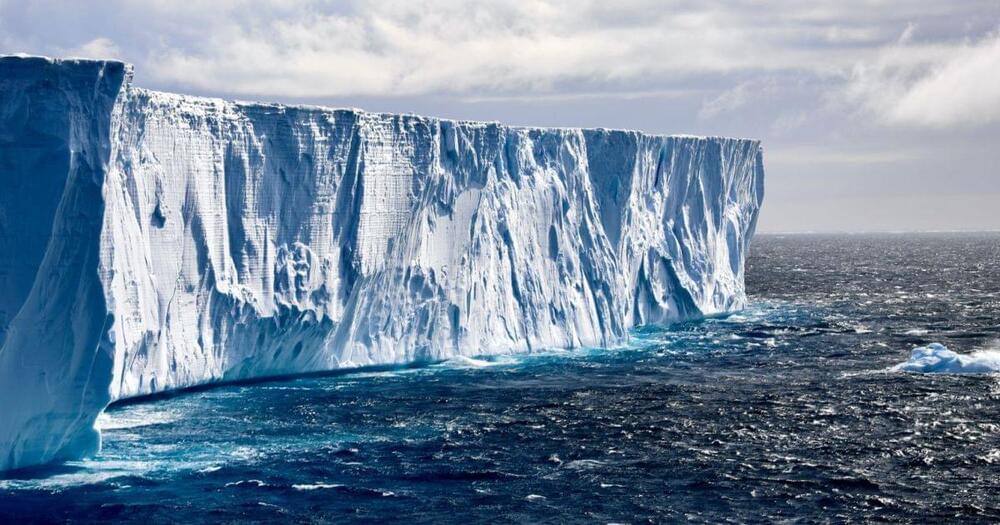East Antarctica’s Conger ice shelf – a floating platform the size of Rome – broke off the continent on March 15, 2022. Since the beginning of satellite observations in the 1970s, the tip of the shelf had been disintegrating into icebergs in a series of what glaciologists call calving events.
Conger was already reduced to a 50km-long and 20km-wide strip attached to Antarctica’s vast continental ice sheet at one end and the ice-covered Bowman Island at the other. Two calving events on March 5 and 7 reduced it further, detaching it from Bowman and precipitating its final collapse a week later.
The world’s largest ice shelves fringe Antarctica, extending its ice sheet into the frigid Southern Ocean. Smaller ice shelves are found where continental ice meets the sea in Greenland, northern Canada and the Russian Arctic. By restraining how much the grounded ice flows upstream, they can control the loss of ice from the interior of the sheet into the ocean. When an ice shelf like Conger is lost, the grounded ice once kept behind the shelf may start to flow faster as the restraining force of the ice shelf is lost, resulting in more ice tumbling into the ocean.










Comments are closed.